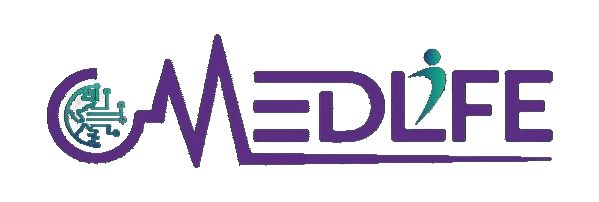Healthcare provider credentialing forms the backbone of medical practice management and patient care quality assurance. This complex yet essential process ensures that healthcare providers meet all necessary qualifications and standards to deliver safe, high-quality patient care. Understanding these fundamentals helps healthcare organizations maintain compliance and optimize their revenue cycle management processes.
Essential Components of Provider Credentialing
Provider credentialing begins with a thorough verification of educational background and professional history. Every aspect of a provider’s training must be confirmed, from medical school graduation to residency completion and any fellowship training. According to recent healthcare statistics, 8% of credentialing delays occur due to incomplete educational documentation, highlighting the importance of thorough verification from the start.
Licensure Requirements
State licensure verification stands as a cornerstone of the credentialing process. Healthcare organizations must verify not only basic medical licenses but also specialized permits and registrations. This includes state medical licenses, DEA registrations, and state-specific controlled substance licenses. Each verification must be obtained directly from the issuing authority to ensure accuracy and authenticity.
Clinical Privilege Verification
Clinical competency assessment plays a crucial role in determining a provider’s ability to perform specific procedures and treatments. Organizations must thoroughly review previous hospital affiliations, examine clinical outcome data, and obtain peer references. This comprehensive evaluation ensures that providers possess both the technical skills and practical experience necessary for their roles.
Timeline and Process Management
The initial credentialing process typically spans 60-90 days, though complex cases may require additional time. This timeline encompasses application submission, document collection, verification processes, committee review, and final approval. Organizations must carefully manage each stage to prevent delays that could impact provider onboarding and patient care delivery.
Ongoing Maintenance Requirements
Credentialing isn’t a one-time event but rather an ongoing process that requires constant attention. Organizations must regularly monitor license expiration dates, update demographic information, and conduct performance reviews. The re-credentialing process, typically occurring every two years, ensures that providers maintain their qualifications and continue meeting quality standards.
Addressing Common Challenges
Documentation gaps represent one of the most significant challenges in the credentialing process. Organizations must establish clear systems for collecting and maintaining provider information. Creating secure digital document repositories and establishing clear communication channels with providers helps minimize these gaps and streamline the verification process.
Verification Efficiency
Primary source verification often causes significant delays in the credentialing process. Recent data shows that organizations utilizing automated verification tools reduce their processing time by 45%. These digital platforms streamline the verification process by establishing direct connections with verification sources and implementing automated follow-up procedures when necessary.
Regulatory Compliance Considerations
Healthcare organizations must navigate a complex landscape of state and federal regulations governing the credentialing process. Each state maintains specific requirements that must be monitored and incorporated into credentialing procedures. Additionally, federal guidelines, particularly those from CMS, impact how organizations approach provider enrollment and verification.
Meeting Federal Standards
Medicare and Medicaid provider enrollment requirements demand strict adherence to federal guidelines. Organizations must ensure their credentialing processes comply with HIPAA regulations while meeting federal reporting obligations. This includes maintaining appropriate documentation and conducting regular compliance audits to identify and address any potential issues.
Optimizing Credentialing Operations
Modern credentialing demands efficient technology solutions that can handle complex verification processes while maintaining accuracy and compliance. Effective systems should automate application processing, provide real-time status tracking, and offer robust reporting capabilities. This technology integration helps organizations maintain high standards while improving efficiency.
Quality Assurance Measures
Successful credentialing programs require robust quality assurance measures. Regular internal audits, peer review processes, and continuous monitoring help organizations maintain high standards and identify areas for improvement. These measures ensure that credentialing processes remain effective and compliant with current regulations.
Impact on Healthcare Quality and Finance
Proper credentialing directly influences both patient safety and financial performance. Organizations with robust credentialing processes report 35% fewer adverse events and 28% higher patient satisfaction scores. From a financial perspective, effective credentialing leads to a 25% reduction in claim denials and 30% faster provider onboarding, significantly improving revenue cycle performance.


